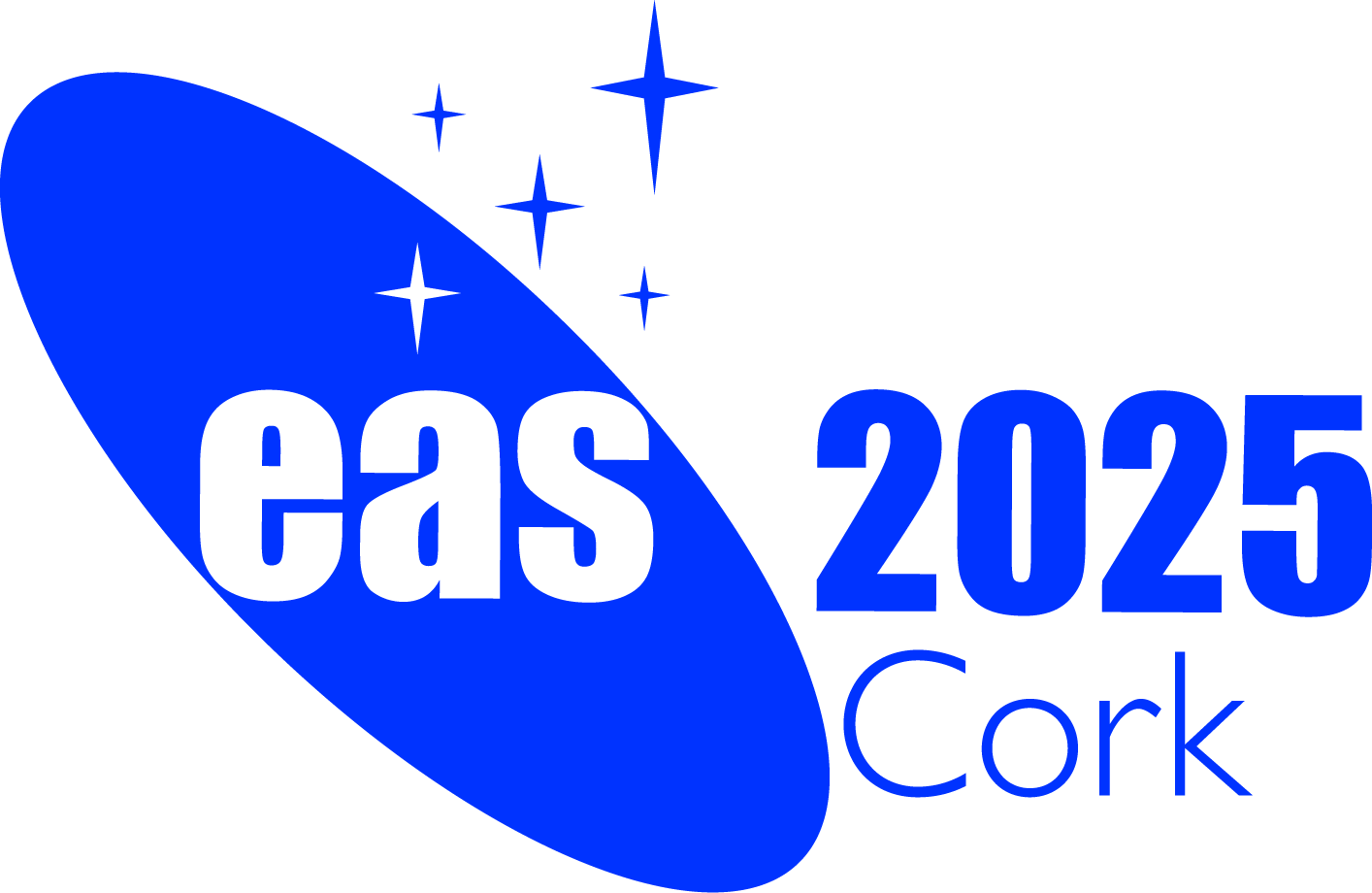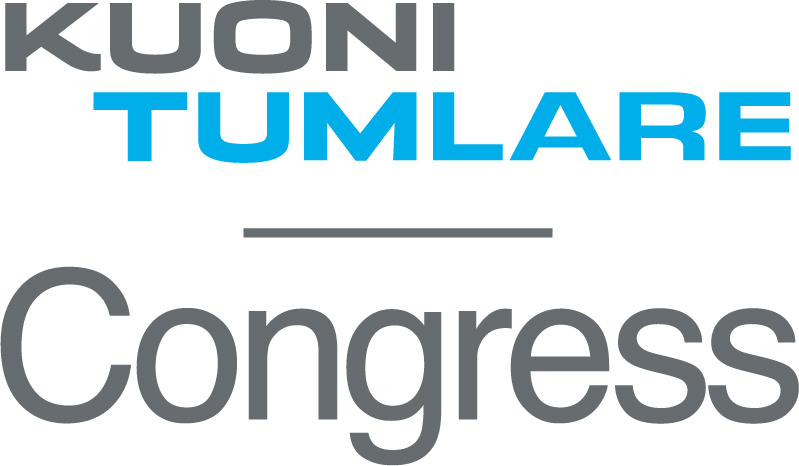Symposium S6
23-24 June 2025
The future of visible/infrared High-Angular Resolution Astronomy in Europe
Aims and scope
Over the past decades, European astronomy has achieved groundbreaking progress in visible and infrared high-angular resolution astronomy (HARA), pushing imaging down to milliarcsecond scales, and astrometry to the microarcsecond scales. These advances have revolutionised multiple scientific fields: adaptive optics (AO) imaging has directly imaged planetary systems and reshaped our understanding of protoplanetary disks, and integrated field spectroscopy of galaxies at cosmic noon. The Very Large Telescope Interferometer (VLTI) routinely studies environments surrounding supermassive black holes (SMBHs) and delivers unrivaled astrometry and spectroscopy of close-in exoplanets. With the upcoming European Extremely Large Telescope (ELT), this transformation in milliarcsecond astronomy will reach new heights.
Looking ahead, several communities and facility operators are now considering the long-term future of optical HARA and the transformative scientific potential of breaking the milliarcsecond barrier to reach microarcsecond scales.
This symposium will offer a unique platform for the visible and infrared HARA community to exchange ideas, foster collaboration, and work toward a shared vision. Centered around three major scientific themes -- (1) star and planet formation, (2) stellar and Galactic science, and (3) supermassive black holes (SMBH), extragalactic science, and cosmology -- the event will include a mix of invited and contributed talks, poster sessions, and forward-looking discussions. A key focus will be on leveraging new and upcoming capabilities, such as with ERIS, GRAVITY+, MAVIS, and MICADO, HARMONI or METIS at the ELT, to tackle pressing scientific questions. Additionally, participants will explore potential next-generation visible/infrared HARA facilities that could drive significant advances in these areas.
While astrophysical topics studied by visible/infrared high angular resolution are often discussed within specialized communities, this symposium seeks to unite them at the time ESO is starting the process to identify its next project. We aim at fostering dialogue on how a future visible/infrared high-angular resolution facility could deliver transformative impacts across very diverse scientific fields.
Programme
The symposium will address the following topics:
- Latest science results obtained at high angular resolution from the ground (AO, interferometry, ...) or from space in the following fields:
- Star/planet formation and exoplanets science, including star and planet formation, exoplanets detection and characterisation, ...
- Stellar and galactic science, including stellar results across the HR diagram; the Gaia revolution; Massive stars; stellar-mass black holes; following up the transient (stellar) universe, baryon cycle and metal enrichment, ...
- Extragalactic science and cosmology, including SMBHs, extragalactic science, and cosmology: Galactic Centre; SMBH and galaxy growth, star formation bursting/quenching, cosmic distance scale, ...
- New science cases that require highest angular resolution
- Concepts for major future telescope facilities that could open new parameter space for visible/infrared imaging
Invited speakers
to be confirmed soon.
Scientific organisers
Julia Bodensteiner (Amsterdam, NL)
Jason Dexter (Boulder/CA, USA)
Frank Eisenhauer (MPE, DE)
Jens Kammerer (ESO Garching, DE)
Heidi Korhonen (Heidelberg, DE)
Stefan Kraus, chair (Exeter, UK)
Antoine Mérand, co-chair (ESO Garching, DE)
Claudia Paladini (ESO Chile, CL)
Eline Tolstoy (Groningen, NL)
Contact
Stefan Kraus, University of Exeter/UK, s.kraus @ exeter.ac.uk
Updated on Mon Mar 03 17:49:32 CET 2025

 A power cut will shut down all EAS services on Tuesday, 10 January 2017 starting at 7:30 CET.
A power cut will shut down all EAS services on Tuesday, 10 January 2017 starting at 7:30 CET.

